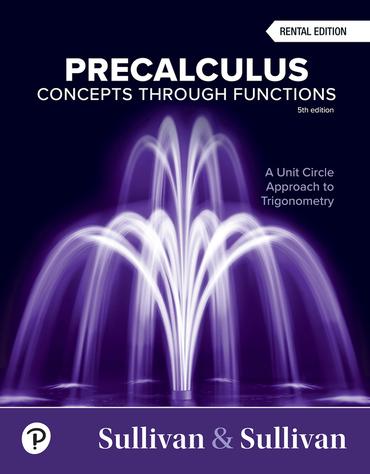In applications, the symbols used for the independent and dependent variables are often based on common usage.
Question:
In applications, the symbols used for the independent and dependent variables are often based on common usage. So, rather than using y = f (x) to represent a function, an applied problem might use C = C(q) to represent the cost C of manufacturing q units of a good. Because of this, the inverse notation f −1 used in a pure mathematics problem is not used when finding inverses of applied problems. Rather, the inverse of a function such as C = C(q) will be q = q(C). So C = C(q) is a function that represents the cost C as a function of the number q of units manufactured, and q = q(C) is a function that represents the number q as a function of the cost C.
The head circumference C of a child is related to the height H of the child (both in inches) through the function H(C) = 2.15C − 10.53
(a) Express the head circumference C as a function of height H.
(b) Verify that C = C(H) is the inverse of H = H(C) by showing that H(C(H)) = H and C(H(C)) = C.
(c) Predict the head circumference of a child who is 26 inches tall.
Step by Step Answer:

Precalculus Concepts Through Functions A Unit Circle Approach To Trigonometry
ISBN: 9780137945139
5th Edition
Authors: Michael Sullivan





